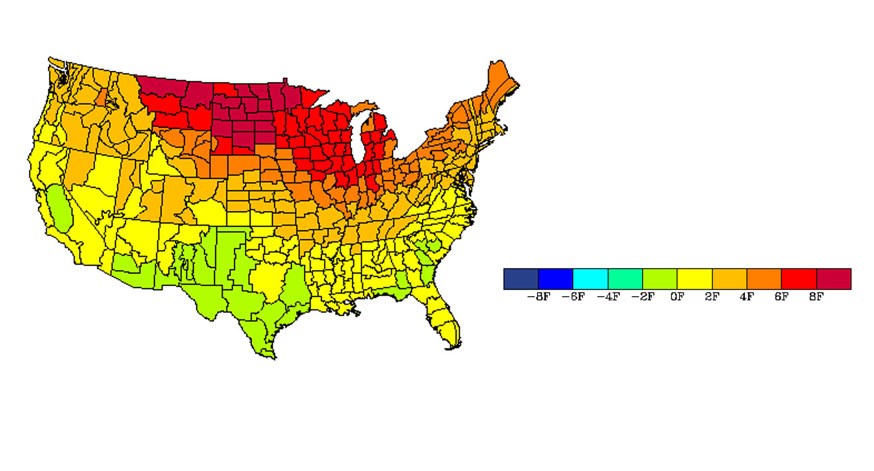Part of a series of articles titled Coastal Geomorphology—Storms of Record.
Previous: Hurricane Andrew (1992)
Article

NOAA image.
Historically, the people of Ecuador and Chile welcomed El Niño (hence the positive connotation to the Christ child). The altered pattern of ocean currents and winds brought “gifts” from the tropics such as floating coconuts (Schmidt 1991). However, after the fishing industry developed in the 1940s and 1950s, El Niño took on a sinister connotation. When cold coastal waters off Ecuador and Peru are replaced by warm waters during an El Niño event, the local anchovy fishing industry is dealt a massive blow as catches decline to near-vanishing levels (Schmidt 1991).
On a global scale, El Niño can drive widespread changes. Such was the case of the “Child’s visit” in late 1982. As a result of this El Niño, torrential rains and flooding struck desert areas, while parching droughts visited parts of every continent except Europe and Antarctica (Schmidt 1991). The warm sea-surface temperatures gave rise to heavy rains in Ecuador and the entire central Pacific region. Arid regions that normally have only centimeters of precipitation were deluged by more than 9 feet (3 m) of rainfall, leading to widespread flooding and landslides. Thousands of homes were destroyed in Ecuador, and damages to crops and property amounted to more than $400 million (Schmidt 1991).
In the United States, heavy surf and rains severely eroded beaches and fragile sea cliffs in coastal California. National Park System units in California affected by the 1982–1983 El Niño event were Point Reyes National Seashore, Golden Gate National Recreation Area, and Pinnacles National Monument. During the past 30 years, monitoring at Point Reyes National Seashore has documented how El Niño negatively affects the number and productivity of harbor seals (Phoca vitulina). El Niño reduces food supplies and changes shorelines, leaving fewer available haul-out sites for seals to pup, molt, and rest (Koenen and Allen 2007). In Muir Woods National Monument, which Golden Gate National Recreation Area administers, El Niño storms removed the top 40 feet (12 m) of the Kent Memorial—a Douglas fir (Pseudotsuga menziesii var. menziesii) (rather than a redwood) that once rose to the height of 280 feet (85 m) in Fern Canyon. The memorial was named for U.S. Congressman William Kent, who was instrumental in the establishment of Muir Woods, and the tree was Kent’s favorite. In addition, during the peak of El Niño, storms cut off access to Pinnacles National Monument and the surrounding valley. During that 1982–1983 storm season, the main coastal highway was damaged and closed for a considerable period of time by landslides, and many buildings were damaged or threatened by sea-cliff retreat and slope failure (Lajoie and Mathieson 1998).
Part of a series of articles titled Coastal Geomorphology—Storms of Record.
Previous: Hurricane Andrew (1992)
Last updated: May 7, 2020